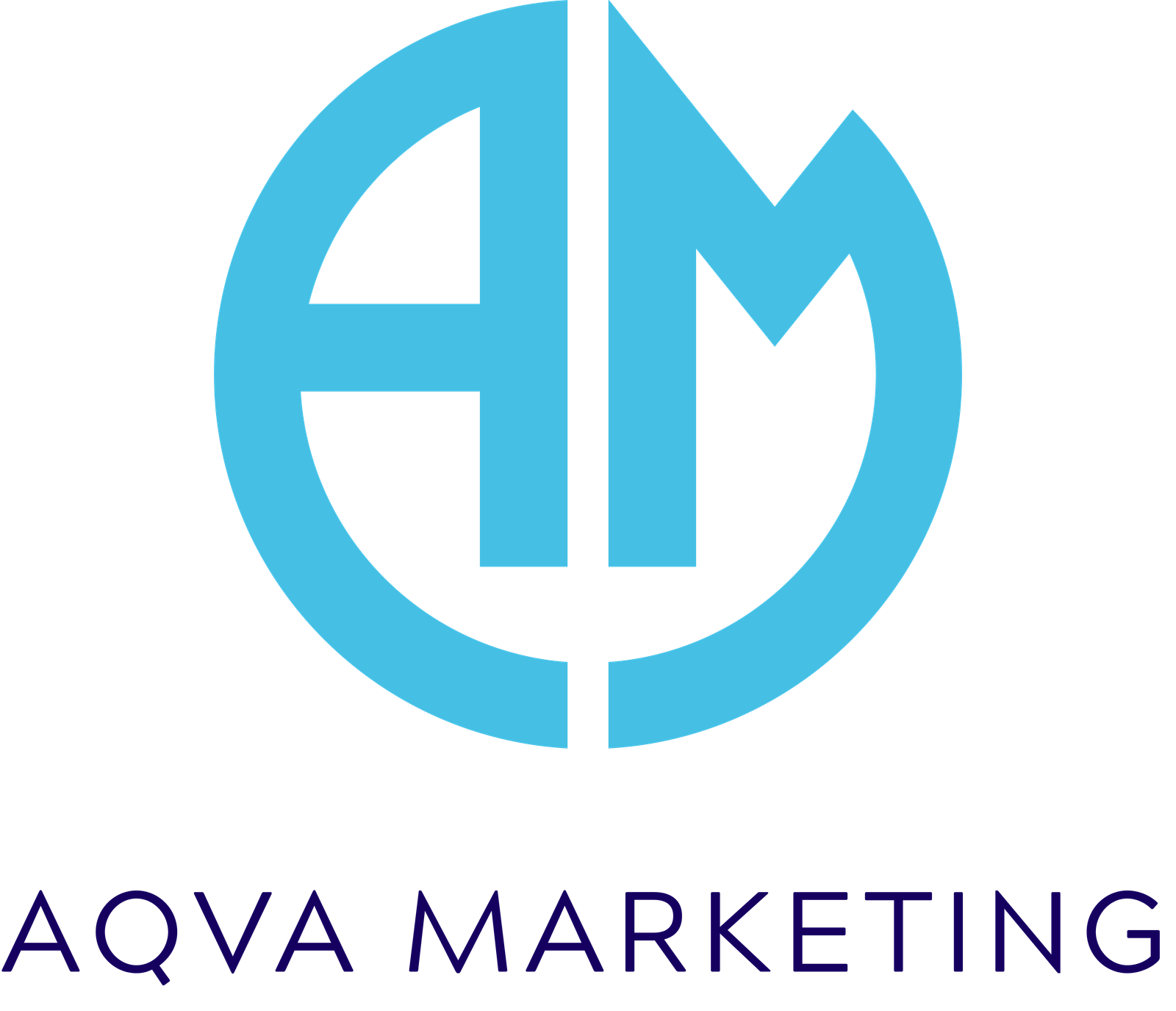
You’ve probably heard the term “influencer marketing” tossed around a lot. And maybe you’ve wondered—Is this legit, or just another trend brands chase and drop?
Here’s the truth: it works. And not just for big names with massive budgets.
At Aqva Marketing, we’ve helped small brands that barely had an audience get noticed, followed, and trusted, just by collaborating with creators their customers already loved. The growth? It was real. Not overnight magic, but steady, loyal, meaningful.
If you’re thinking about giving influencer marketing a shot in 2025, this might be the best time to do it. You don’t need to be a pro. You need a strategy—and someone who’s done it before in your corner.
What is Influencer Marketing and Why is it Important?
Influencer marketing is about using someone else’s online credibility to build yours.
Think of it like this — instead of cold pitching a product to a stranger, what if their favorite creator said,
“Hey, I love this product. You should try it”?
That trust is gold.
A Statista survey from 2023 showed that 61% of people trust what influencers say more than what brands say themselves. And honestly, it checks out. When was the last time you paused scrolling to watch a brand ad, but happily watched your favorite creator rave about a product?
Influencer Marketing is Only for Big Brands is a Big Myth
Let me clear the air — you don’t need to hire Kylie Jenner to make an impact.
Micro and nano influencers (those with 1,000 to 100,000 followers) are driving more ROI today than mega celebs. Why? Because their audience listens to them.
A case study by Markerly revealed that engagement rates drop as follower count increases. Micro-influencers with less than 10K followers had 4% engagement rates, compared to just 1.7% for influencers with over 100 K.

At Aqva Marketing, we often recommend starting small. It’s not about how many people see your brand. It’s about who.
How Influencer Marketing Drives Brand Growth
Let’s break it down, shall we?
1. Builds Instant Trust and Credibility
No matter how fancy your website or ads are, a recommendation from a real person always wins. Especially when it’s someone your audience already follows and respects.
“Influencer marketing is the modern word-of-mouth. But now, it’s global and on steroids.” – Gary Vaynerchuk
2. Boosts Content Reach Without Paying Meta a Fortune
If you’ve run paid ads, you already know — it’s a money pit. But when a social influencer shares your brand, it’s organic reach is amplified. Plus, they do the creative work too.
3. Fuels User-Generated Content (UGC)
You can repurpose influencer content on your site, emails, and social media. This means you’re not just paying for reach — you’re building a media library that builds trust over time.
4. Improves SEO and Online Presence
Influencers often have websites or blogs. If they link to your product or review it, guess what? You get high-quality backlinks. That’s great for SEO, and it’s something we at Aqva Marketing always aim to include in our brand partnerships.
Choosing the Right Social Influencers for Your Brand
Now, here’s where the magic (or mess) happens. Picking the wrong influencer is like choosing the wrong business partner.
Here’s what to look for:
✅ Audience Relevance
Do their followers match your ideal customer persona?
✅ Engagement Over Follower Count
Look beyond vanity metrics. Comments, shares, saves — they tell the real story.
✅ Authenticity
Are they genuinely interested in what you offer? You want a fit, not just a fee.
✅ Previous Partnerships
Look into their past collabs. Were they aligned with your niche? Did the campaigns feel forced or natural?
At Aqva Marketing, we’ve got a tech stack that includes platforms like Upfluence, BuzzSumo, and HypeAuditor—super useful when you’re handling large influencer rosters.

But hey, if you’re just dipping your toes in, don’t worry. You don’t need fancy software right away. A bit of smart sleuthing on Instagram (look at engagement, comment quality, and content vibe) can give you more insight than most dashboards.
Types of Influencer Marketing Campaigns That Work
Let’s talk strategies.
1. Product Seeding
Send products to influencers without asking for anything upfront. If they love it, they’ll post. It’s low-risk and high-reward. Works best for CPG and fashion brands.
2. Sponsored Content
Pay influencers to create content featuring your product. But please — let them do it their way. Authenticity converts better than polished ads.
3. Affiliate Partnerships
Offer influencers a commission for every sale they generate. This is performance-based and scalable.
This one’s a personal favorite at Aqva — it keeps both parties accountable, and everyone wins.
4. Brand Ambassador Programs
Long-term relationships with creators. They become the face of your brand over time. Great for building loyalty and deeper storytelling.
Influencer Marketing: Common Pitfalls (And How We Help You Avoid Them)
Many brands fail with influencer marketing because they:
- Pick influencers based on followers alone
- Micromanage creative freedom
- Don’t track real metrics like ROI or conversions
- Expect overnight results
That’s where Aqva Marketing comes in. We manage influencer onboarding, communication, content briefs, and analytics — so you get all the upside without the chaos.
Real Example of Influencer Marketing: A Small Skincare Brand That Blew Up
One of our clients — a D2C skincare brand from Pune — was doing decent with ads but wanted to cut costs. We identified 10 beauty micro-influencers with amazing skincare routines and a strong local following.
Result?
Within 3 months:
- 64% increase in website traffic
- 3.8x ROAS via affiliate links
- 9 influencer-generated videos reused in ad creatives, reducing production cost by 70%
The kicker? Their brand got featured on a trending Instagram reel without spending a penny extra.
How Much Does Influencer Marketing Cost in 2025?
It’s very affordable.
Micro-influencers charge any amount between $25 to $250 per post, depending on niche and platform. Many are happy to work on a barter basis or an affiliate model as well.
At Aqva Marketing, we negotiate deals that make sense for your stage of growth and never overspend for clout.
How to Get Started Even If You’re New to Influencer Marketing
Here’s a roadmap for beginners:
Step 1: Know what you want
What’s the win for you? More eyeballs on your brand? Better sales? Buzz on social? Get that nailed down.
Step 2: Pick your influencer type
Not all influencers are Kardashians. Micro and nano influencers often drive better engagement. Think quality over clout.
Step 3: Dig and shortlist
Use tools if you’ve got them. Otherwise, you can just search on Instagram or TikTok using niche hashtags. Look for creators who align with your brand vibe and have authentic engagement.
Step 4: Reach Out with a Personal Touch
Not spam. Personal. Friendly.
Step 5. Don’t Just Launch—Track Everything
It’s tempting to run a campaign and assume it’s working because the likes are rolling in. But you’ve got to go deeper.
Use custom links, exclusive discount codes, and yes, those nerdy-sounding UTM tags to track where your traffic and sales are coming from. That’s how you separate what feels good from what works.
And if all this feels overwhelming? That’s where we come in. At Aqva Marketing, we’ve run dozens of influencer campaigns that not only looked great on Instagram but moved the needle.
Final Thoughts: Why You Should Use Influencer Marketing in 2025
Most people are not interested in traditional advertisements. But they trust people. And that’s the magic of influencer marketing — it connects your brand with real people in a world full of noise.
Whether you’re selling skincare, ed-tech, fitness plans, or even real estate, there’s an influencer audience for you. And we, at Aqva Marketing, specialize in making those partnerships profitable.
So, are you ready to turn followers into customers?
Let’s talk. And let’s grow your brand the modern way.
